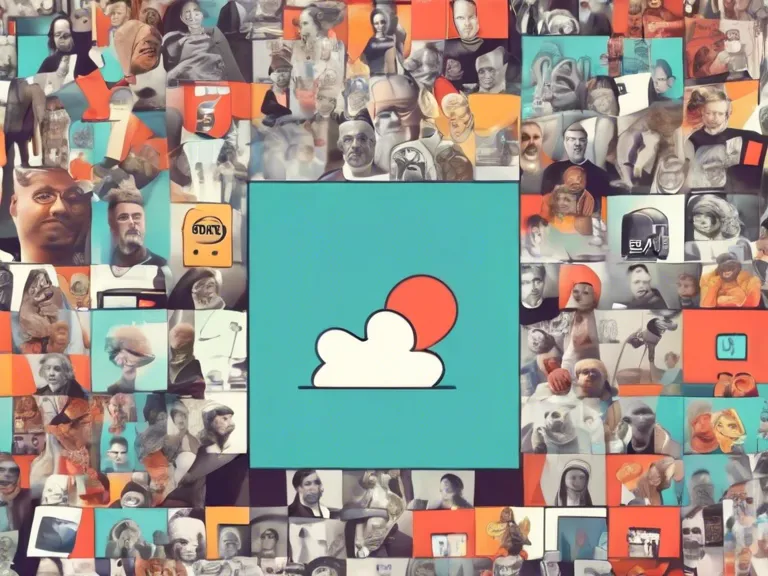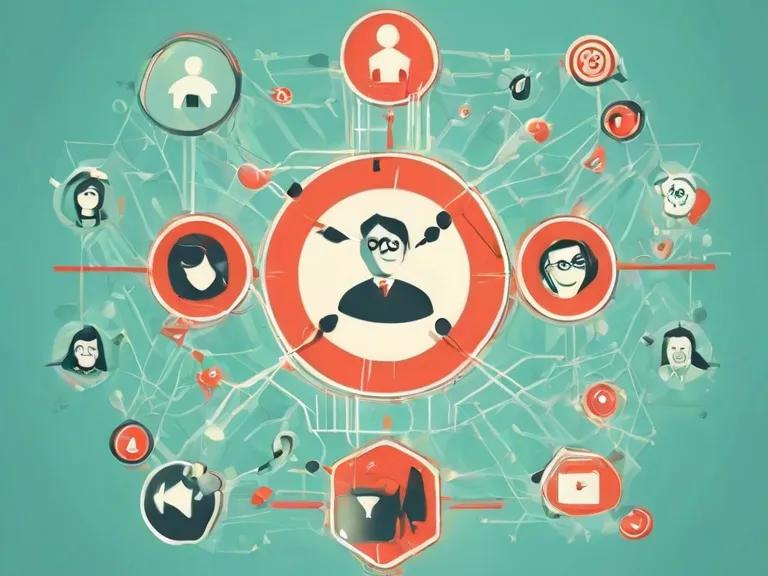
In an age where the digital landscape is saturated with content, capturing the attention of an audience and inciting virality has become an art form. The concept of viral content, whether it be a video, meme, or article, is not only about creating something that is shareable, but also about tapping into the psychology of engagement.
Understanding the psychology behind why certain pieces of content go viral can provide valuable insights for creators and marketers looking to produce share-worthy material. One of the key factors in creating viral content is emotional resonance. Content that elicits strong emotions, whether it be joy, sadness, anger, or surprise, is more likely to be shared as it elicits a reaction from the viewer. Humans are social beings, and sharing content that evokes emotional responses allows them to connect with others on an emotional level.
Another factor in the virality of content is its relatability. People are more likely to share content that resonates with their own experiences, beliefs, or values. By creating content that speaks to a specific audience, creators can tap into the psychology of identity and belonging, making individuals feel seen and validated.
Furthermore, the element of novelty plays a significant role in the spread of viral content. People are constantly seeking out new and interesting information, and content that offers a fresh perspective or a unique spin on a familiar topic is more likely to grab their attention. By incorporating elements of surprise or novelty into their content, creators can pique the curiosity of their audience and increase the likelihood of virality.
In conclusion, the art of viral content is a delicate balance of understanding the psychology of engagement and creating content that resonates with audiences on an emotional, relatable, and novel level. By tapping into these key factors, creators and marketers can increase the chances of their content going viral and reaching a wider audience.



